If you visit the Bronx Zoo in New York, make sure to Budgie Landing – the new budgie exhibit.
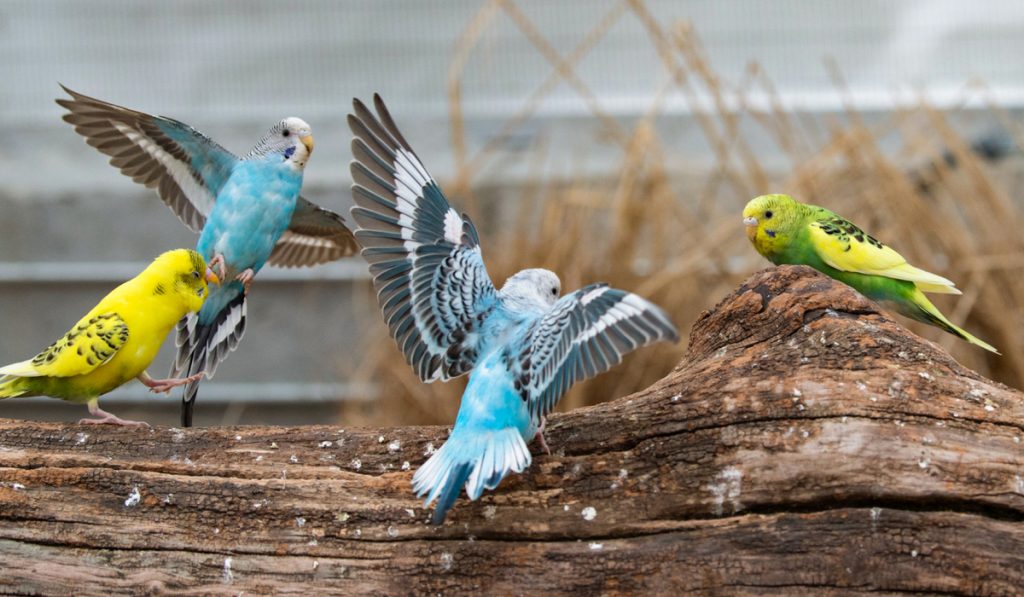
You can get up close and personal, and even feed a budgie with a seed stick.

If you visit the Bronx Zoo in New York, make sure to Budgie Landing – the new budgie exhibit.

You can get up close and personal, and even feed a budgie with a seed stick.
The Budgie Buddies Aviary at the Cheyenne Mountain Zoo in Colorado Springs, Colorado.
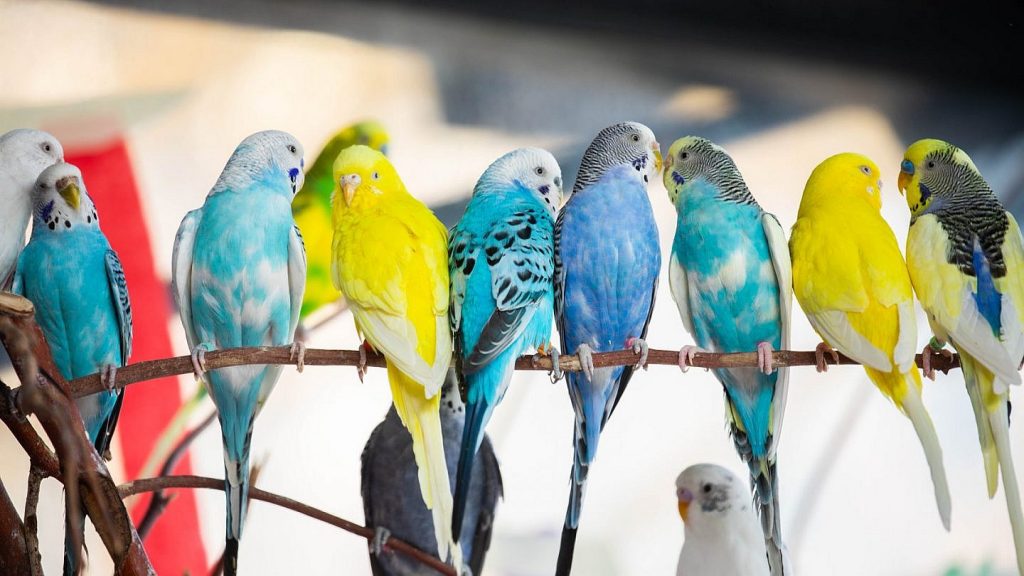
The aviary holds hundreds of free flight birds – budgies, cockatiels, rosella and princess parrots. The zoo offers seed sticks so you can get up close and personal with the birds.

The Bloedel Conservatory at Queen Elizabeth Park housese 150 free-flying tropical birds & 500 kinds of exotic plants inside an historic triodetic dome.
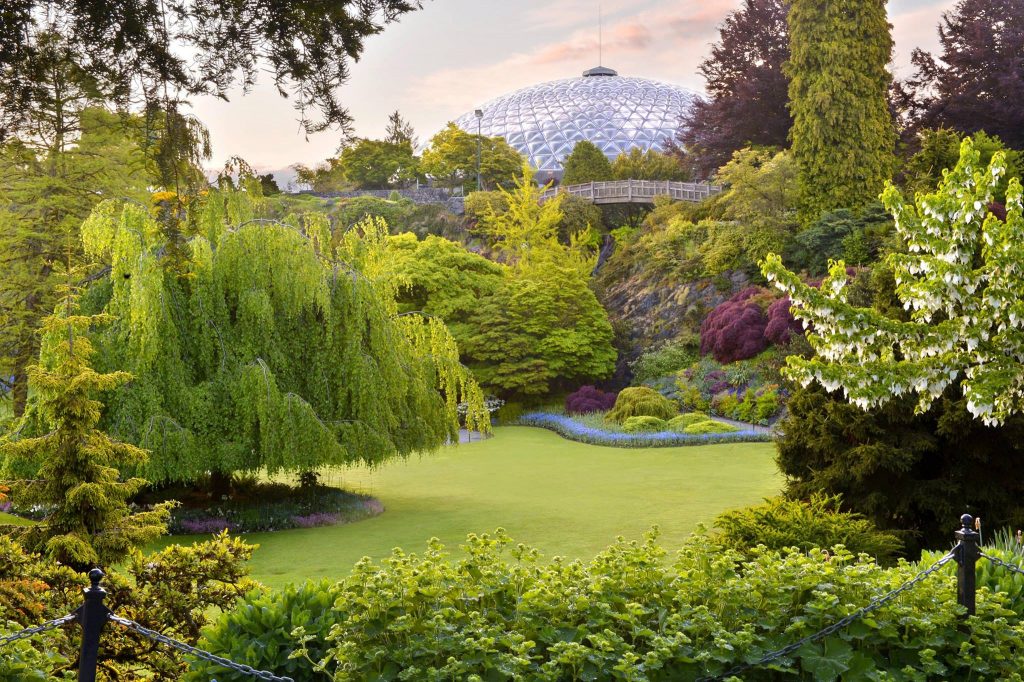
Constructed through a donation from Prentice Bloedel, the aviary was dedicated at its opening in 1969 “to a better appreciation and understanding of the world of plants.”
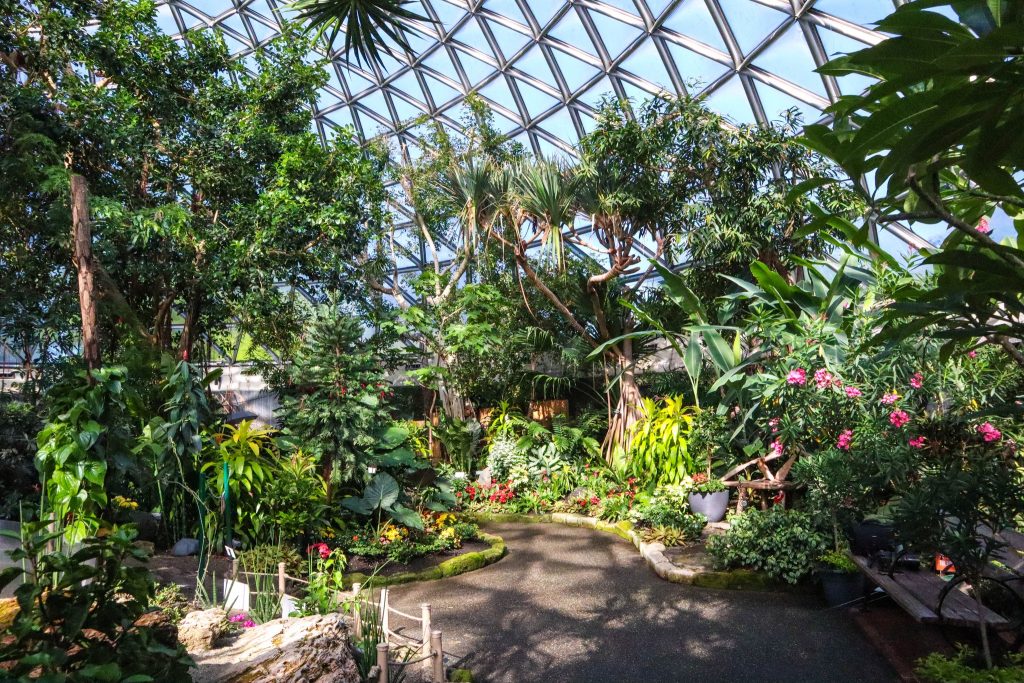
If you’re in the area, see if you can spot the budgies.
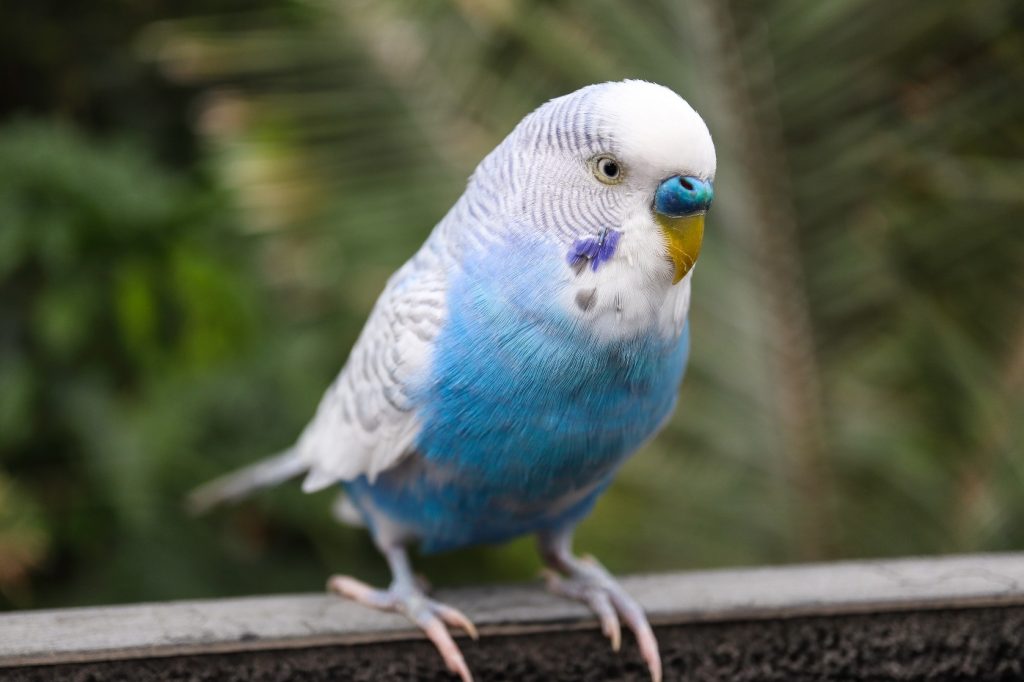
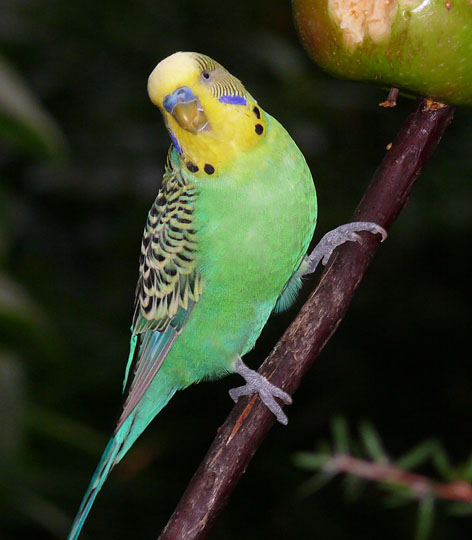
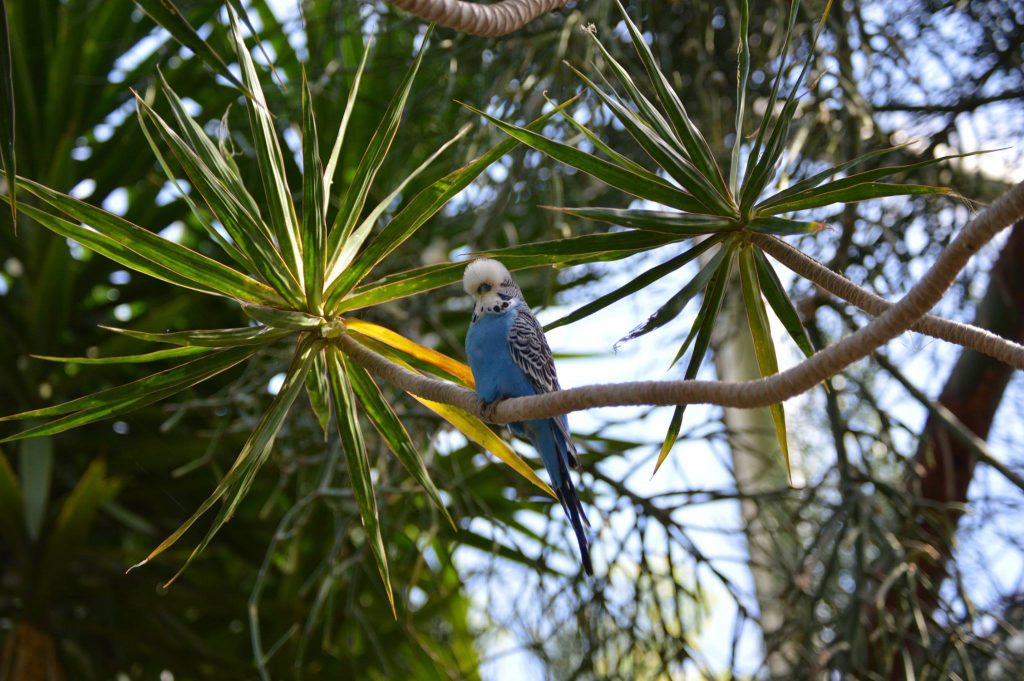
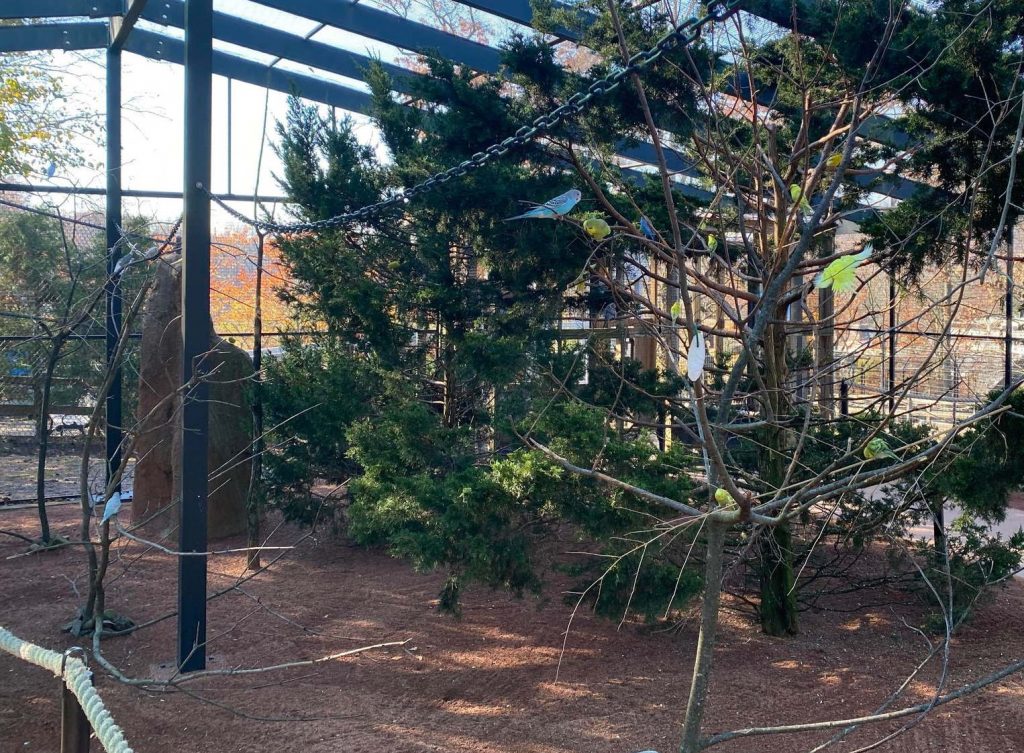
The budgie aviary at the Turtle Back Zoo in Essex County New Jersey.
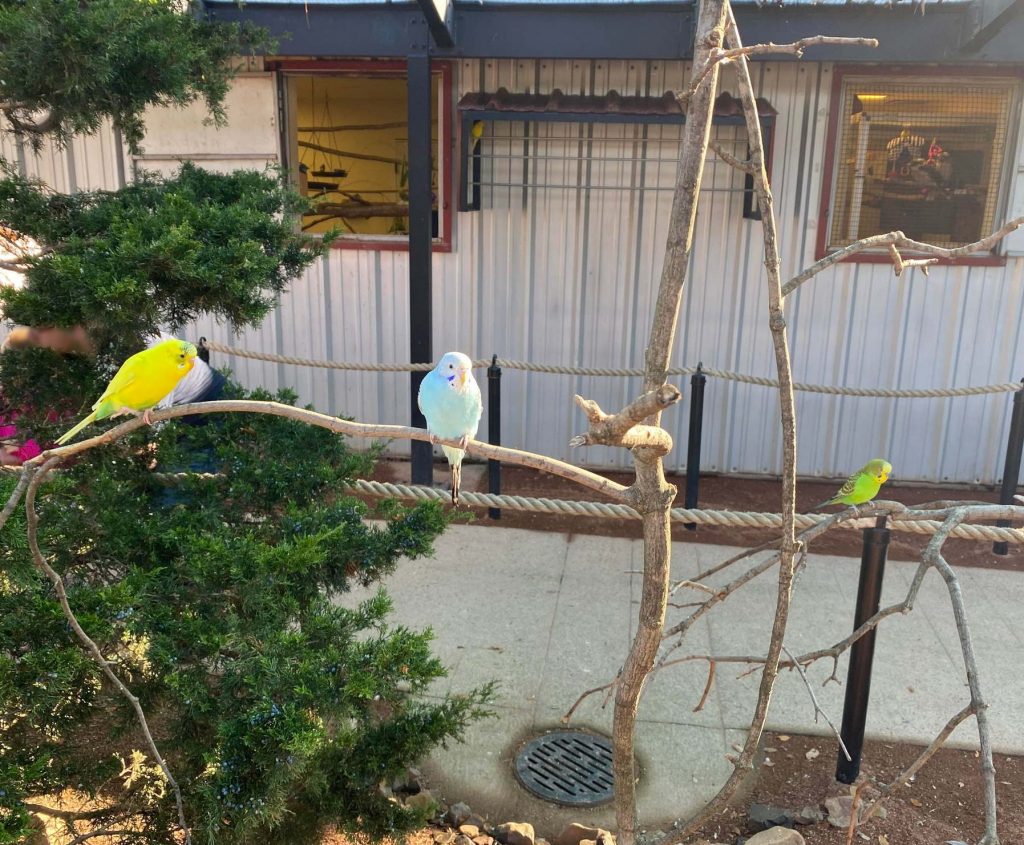
The aviary houses approximately 500 budgies.
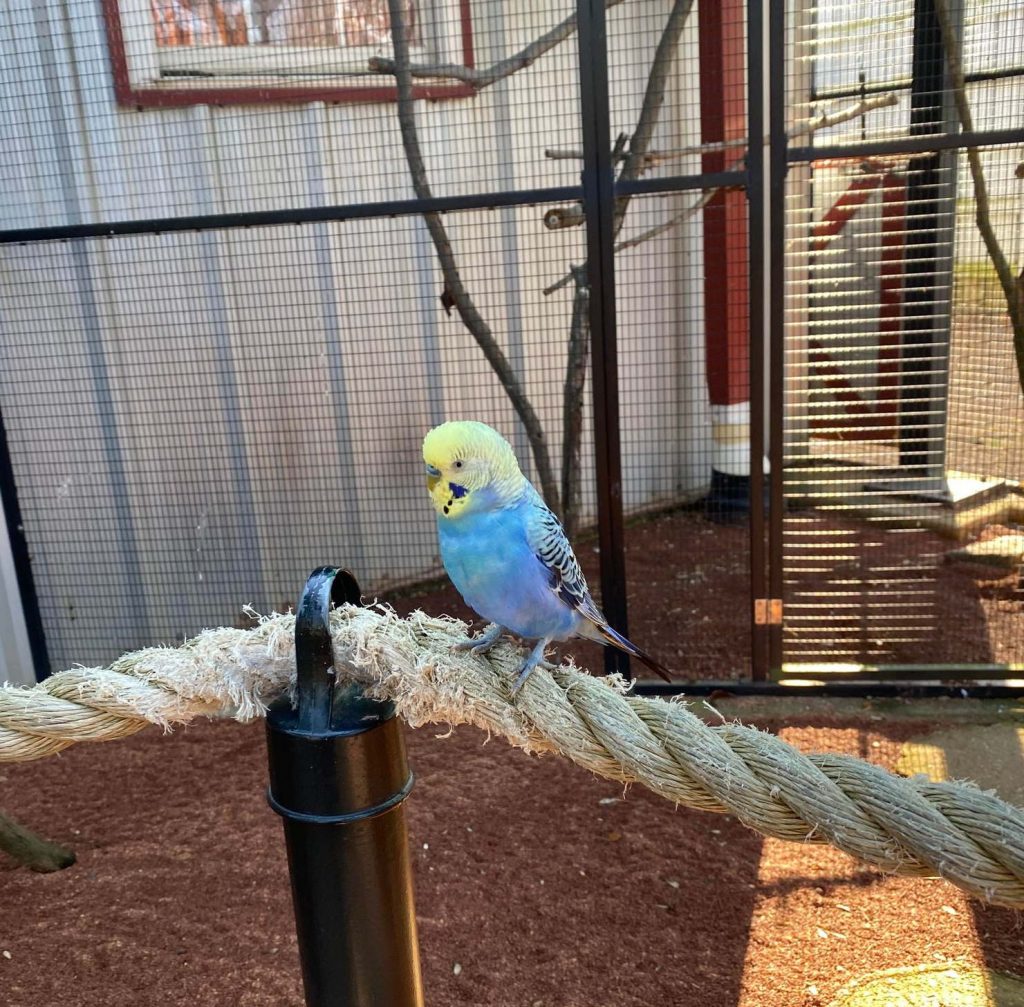
Visitors can feed the birds with seed sticks.
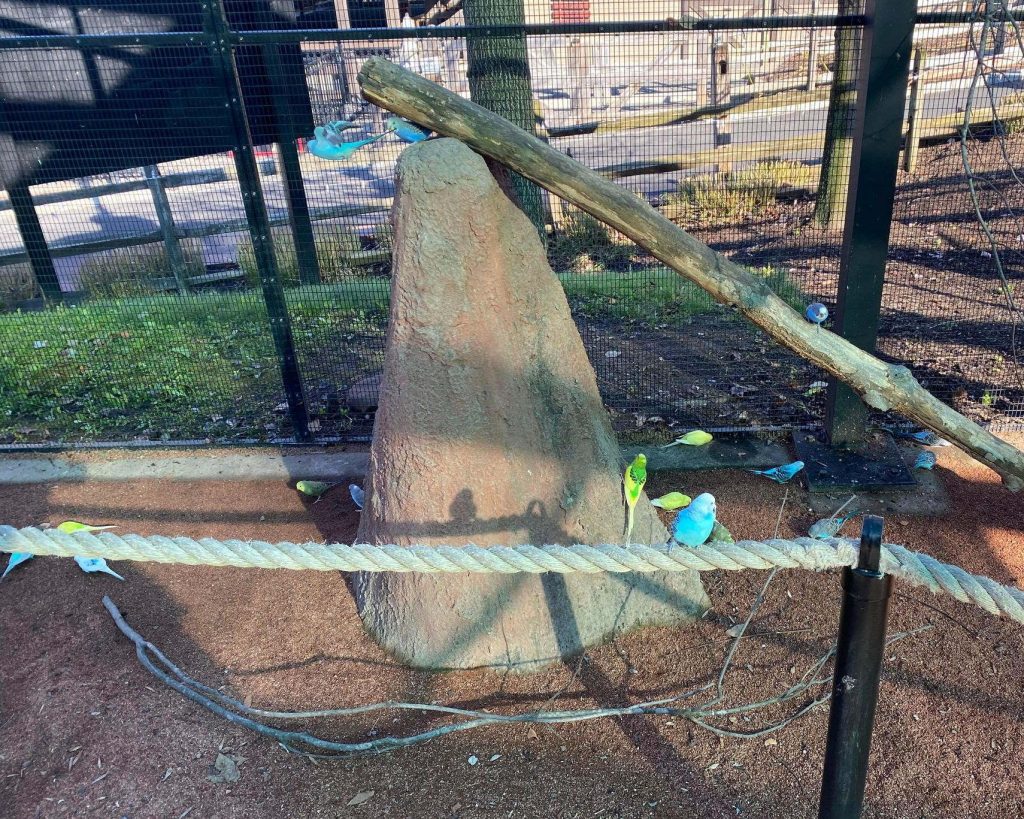
Love and thanks to our friend Adam Sullens for the photographs. Hopefully we’ll be able to visit the birds (and Adam) in the future.
The Shukavana bird home in Mysuru, India.
The Shukavana bird home has recently set a record for the most bird species in an aviary. The free-flight aviary has approximately 2,100 birds of 468 different species.

The Birds of Mura Mura Aviary at the Pairi Daiza Zoo and Botanical Gardens in Belgium.
The large outdoor aviary of Mura Mura is a faithful reproduction of the natural environment of the budgerigar.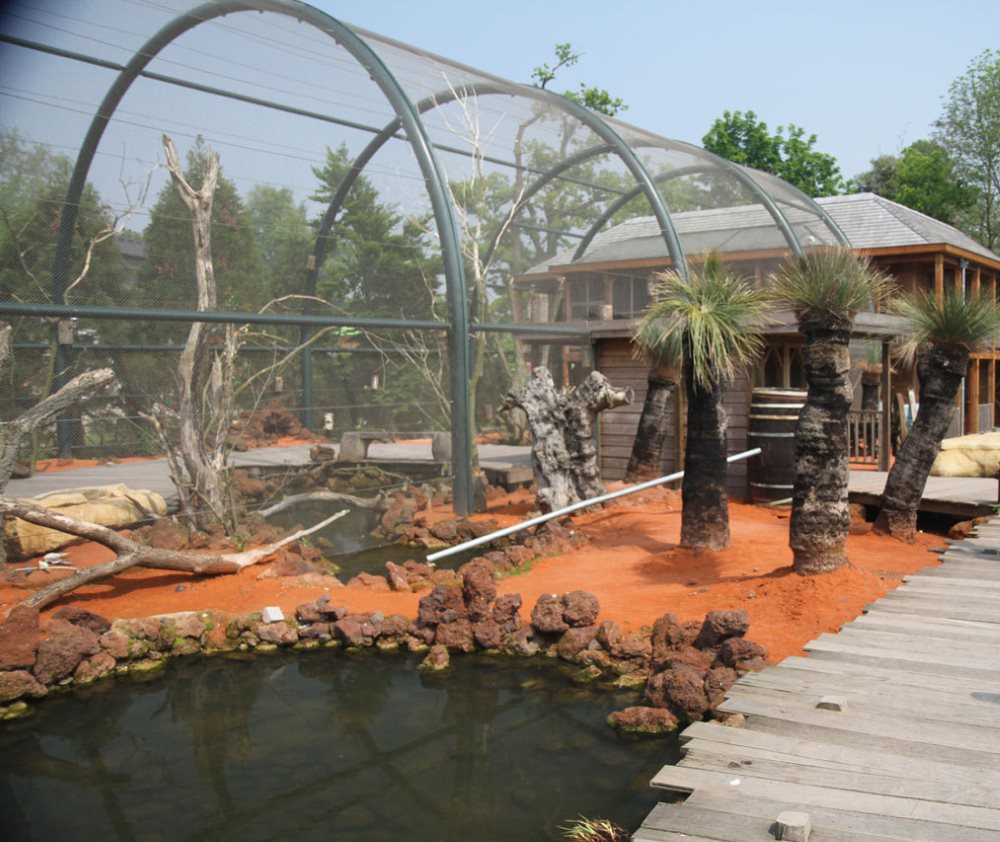
In the arid and sub-arid regions of Australia, budgies travel together in groups of up to 4,000 birds. Wandering swarms follow the rain as the desert briefly blooms. Grass germinates very quickly to be able to grow new seeds and the grass seeds and fleeting water puddles are exactly what these birds are looking for. Seeing them in flight in the upper areas of the aviary is a truly exotic experience. The birds of the wild variety are all green, and the blue, white, and yellow variants are obtained through mutation during breeding in captivity. Export from Australia is strictly forbidden, but reproduction in captivity is very easy, and as a result the supply surpasses demand. More than 200 bird species inhabit the exterior and interior of the birdhouse. Pink cockatoos, king parrots, cockatiels and more all share the habitat of our parakeets. – from the Pairi Daiza website
The National Aviary in Pittsburgh, Pennsylvania.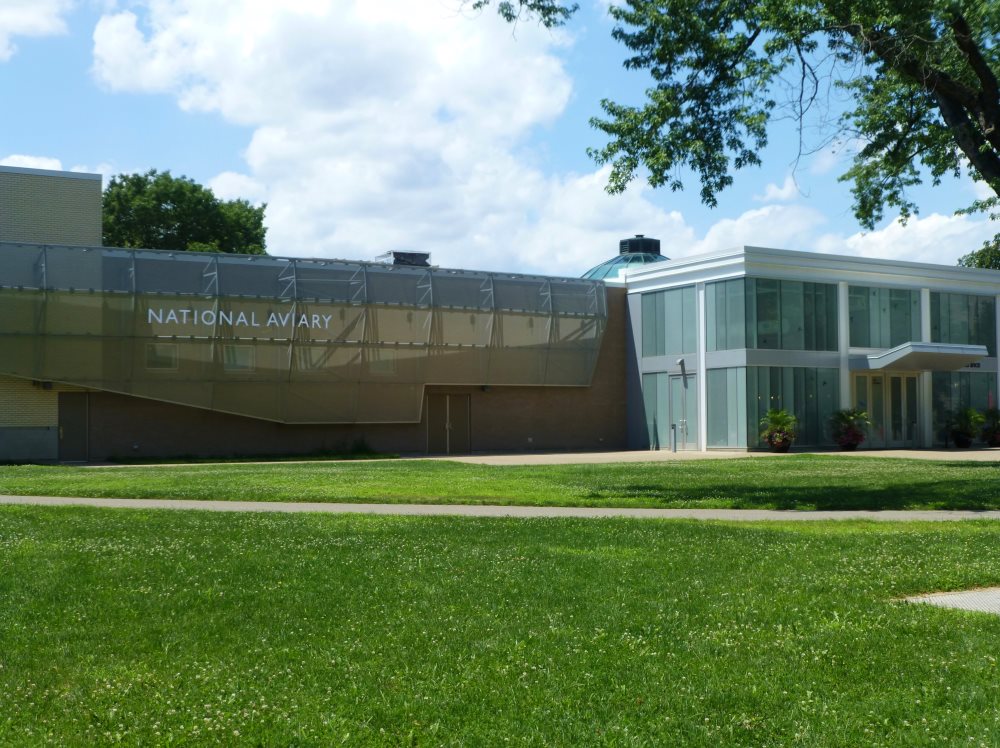
The National Aviary is the largest aviary in the country. The aviary is home to over 500 birds representing more than 150 species. Alas, none of them are budgies. Boo.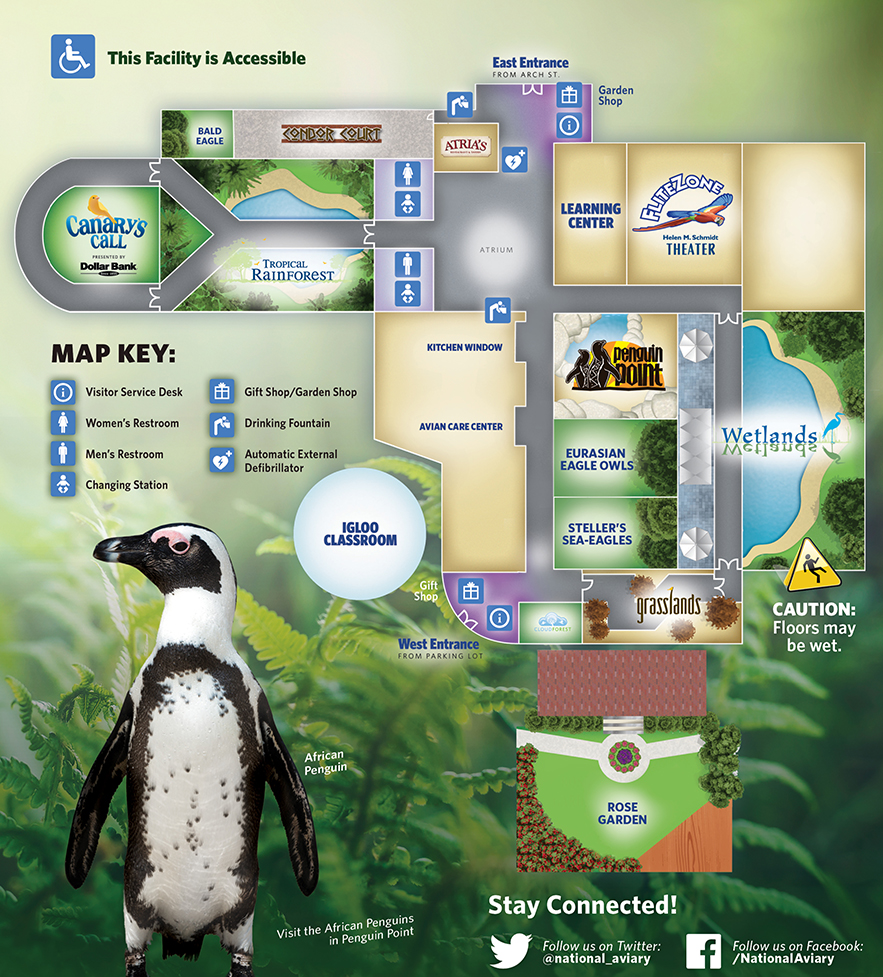
This independent, aviary provides up-close interaction between visitors and the birds. Some you can hand feed. They provide educational programs, have a breeding program for endangered birds, conduct research and work to save endangered species by preserving natural habitats.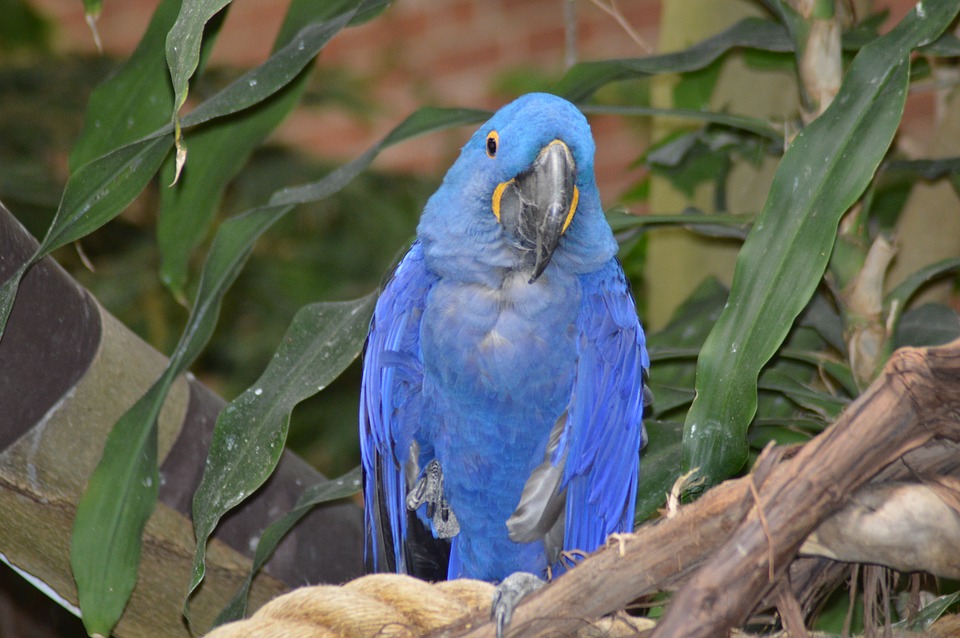 So if you find yourself in the Pittsburgh area, make sure to check out the National Aviary! (Even though they don’t have budgies).
So if you find yourself in the Pittsburgh area, make sure to check out the National Aviary! (Even though they don’t have budgies).
The Villa Borghese Aviary in Rome.
photo by judy h on flickr.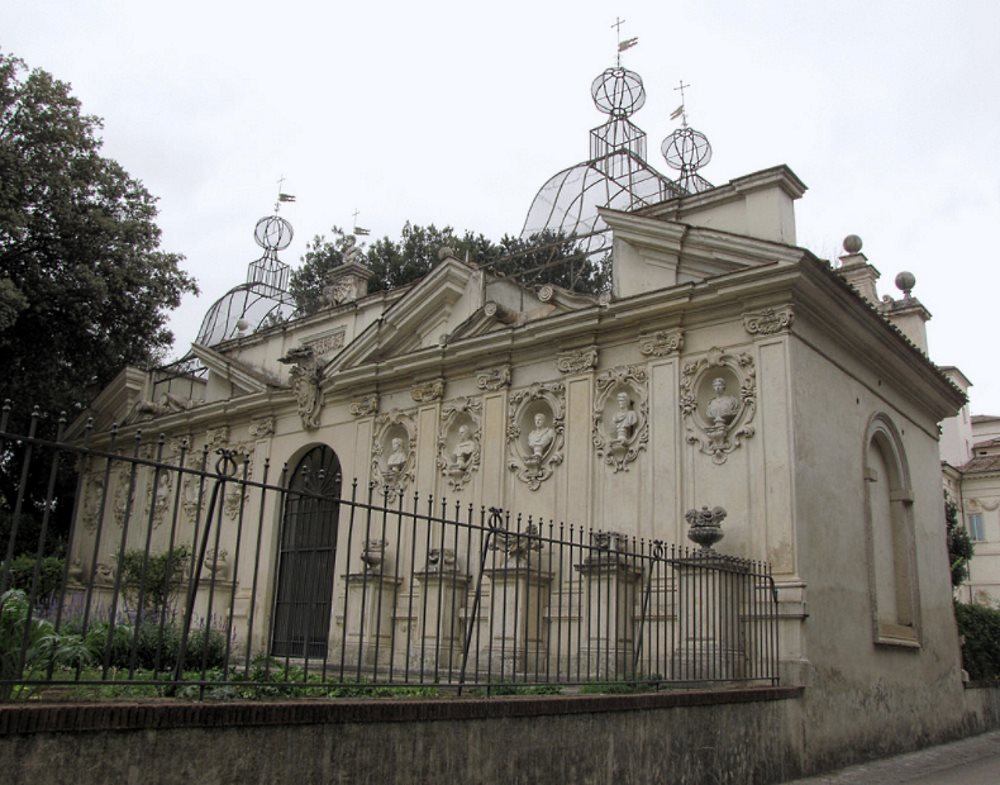
The aviary was built at the start of the 17th century and at one time housed rare birds (such as peacocks, swans and ostriches). The aviary is located in the Villa Borghese Gardens, part of the former private estate of the Borghese Family (and now public park).
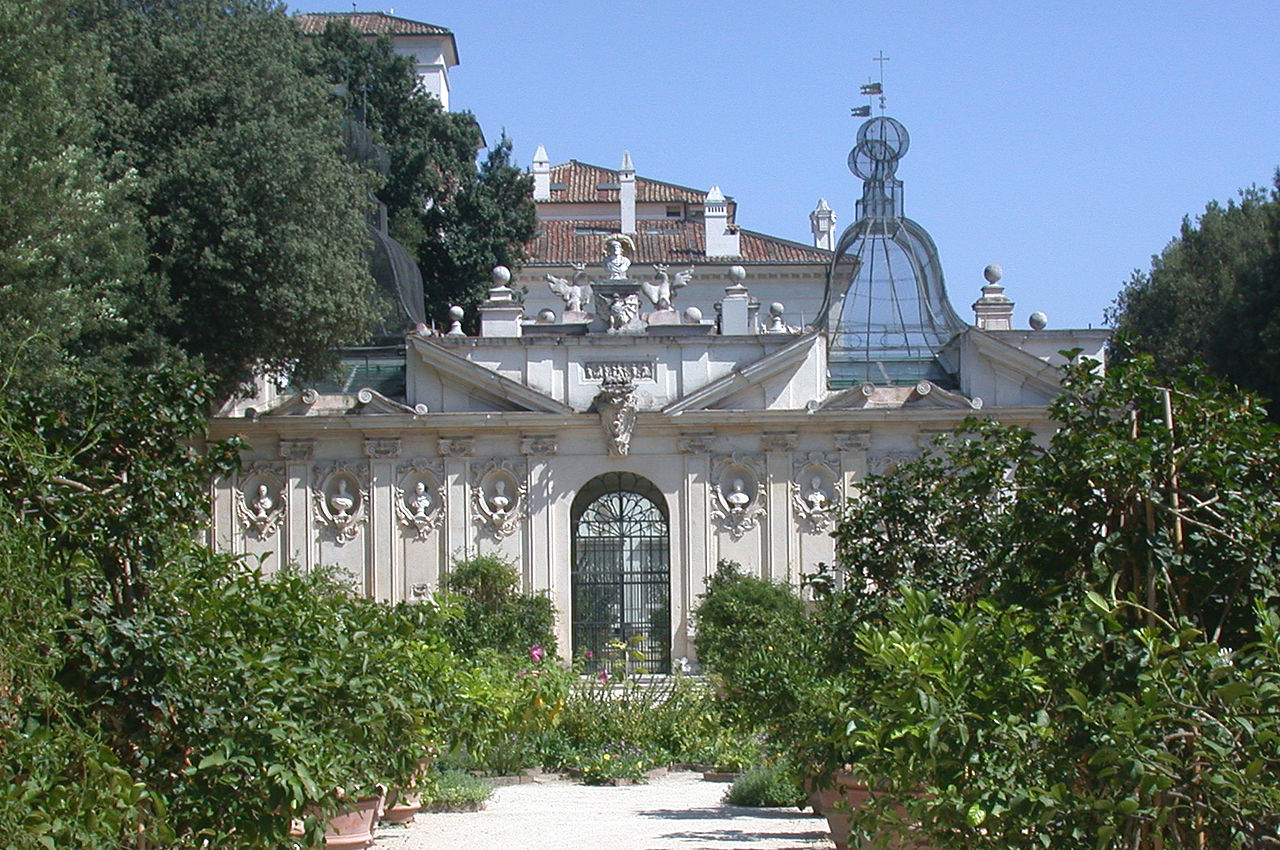
Jurong Bird Park in Singapore.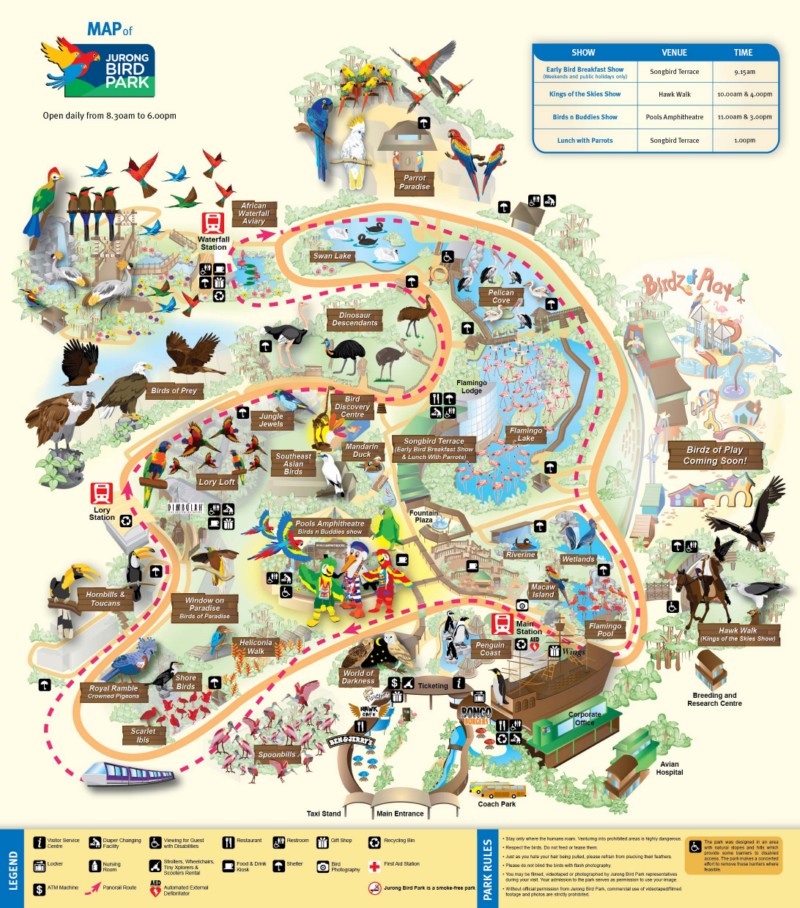 This sanctuary has some of the largest free-flying aviaries in the world. There are feeding sessions where you can get close to the birds. They also have a breeding and research center which is open to the public.
This sanctuary has some of the largest free-flying aviaries in the world. There are feeding sessions where you can get close to the birds. They also have a breeding and research center which is open to the public.  There’s a bird themed playground for the kiddies. You can have lunch with the parrots or catch the Kings of the Skies or the High Flyers bird shows.
There’s a bird themed playground for the kiddies. You can have lunch with the parrots or catch the Kings of the Skies or the High Flyers bird shows. 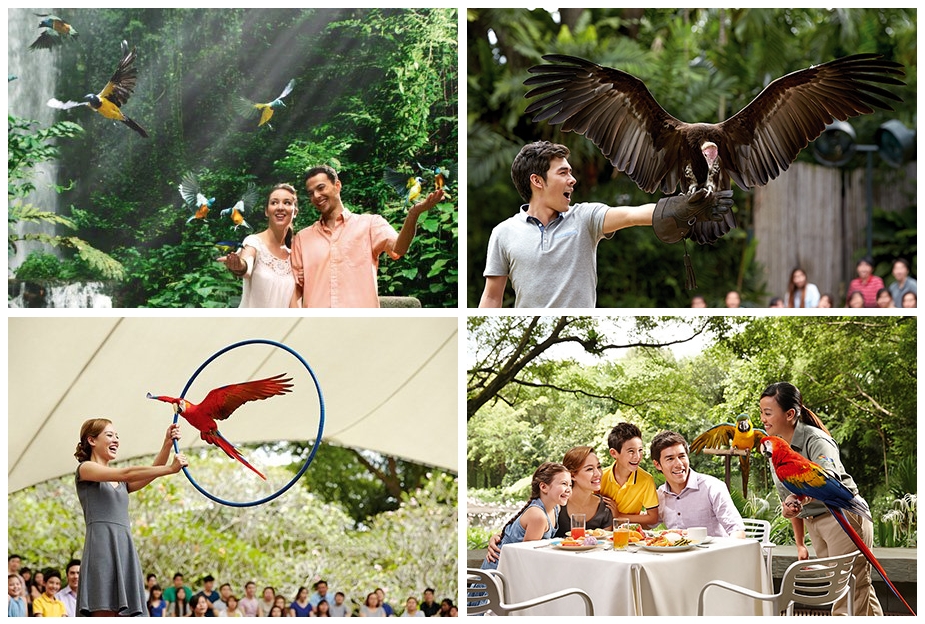 Make sure you add the Jurong Bird Park to your around the world aviary tour!
Make sure you add the Jurong Bird Park to your around the world aviary tour!